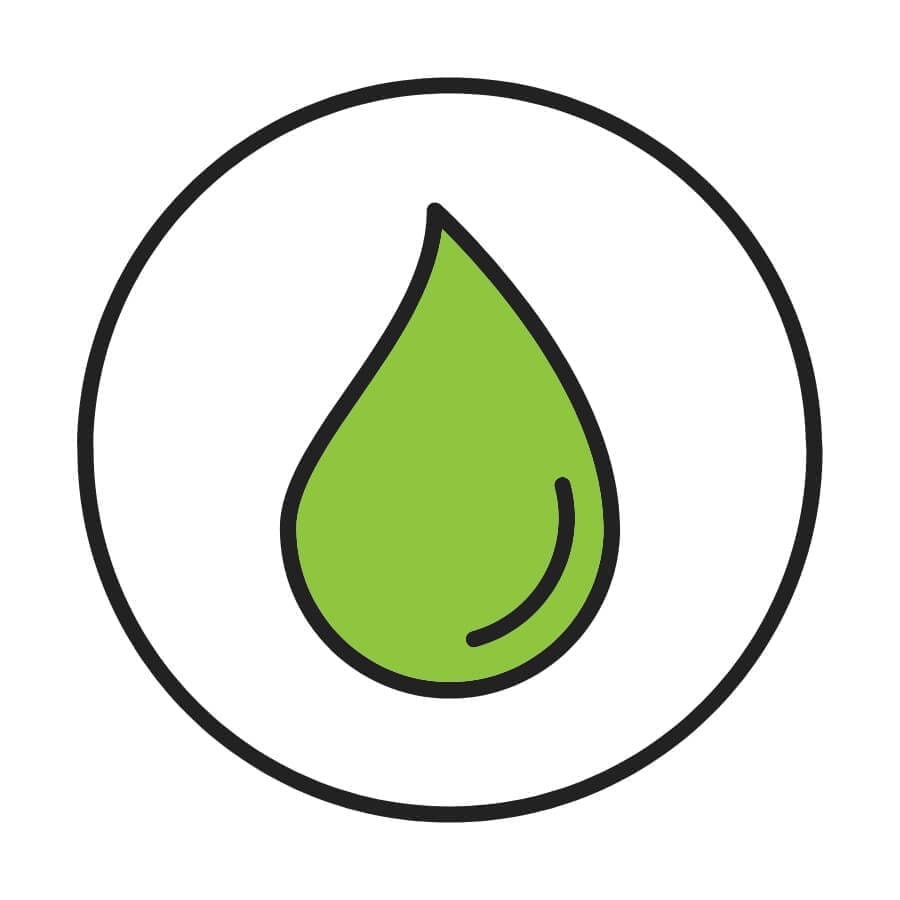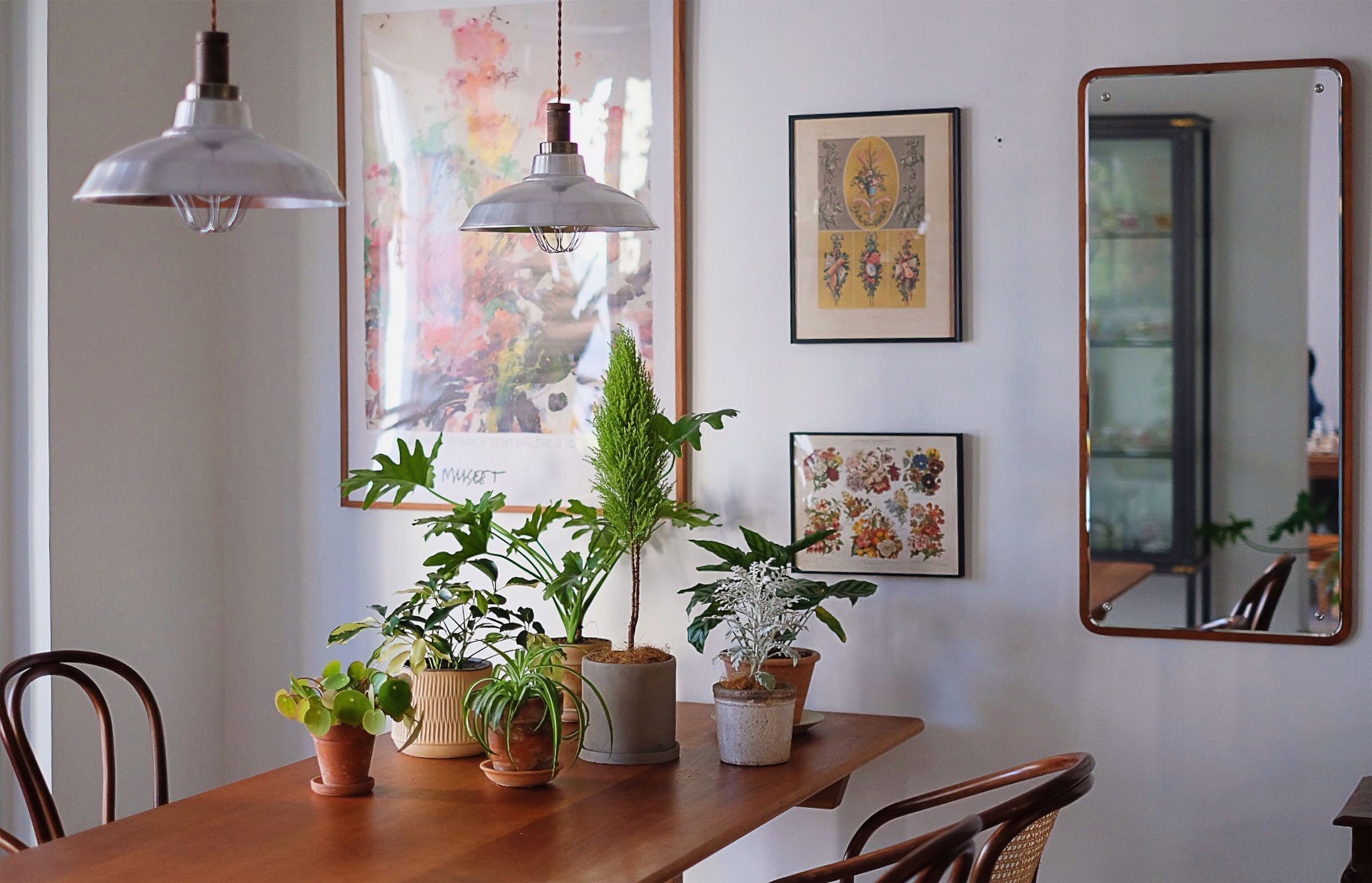More than 50 million Americans suffer from allergies. It’s certainly a significant portion of the population. Spring brings with it lots of rebirth and beauty, but it also means allergies are a greater concern. From a runny nose to itchy ears and throat or constant sneezing, improving indoor air quality is crucial for many. To help create a cleaner indoor space and even minimize symptoms, many wonder if and how air purifiers reduce spring allergies?
Spring Season Allergies
Allergic rhinitis refers to allergic reactions that are in response to environmental factors. These can be both indoor and outdoor environmental sources. Allergic rhinitis, in particular, affects six million children and 20 million adults in the U.S. every year, according to the Asthma and Allergy Foundation of America.
There are two types of allergic rhinitis—seasonal and perennial. Perennial allergic rhinitis causes allergies year-round. Seasonal allergic rhinitis, more often referred to as hay fever occurs during a specific season. Seasonal allergies are most commonly associated with spring, however, seasonal hay fever can occur in spring, summer and fall.
An easy differentiator between the two types is the likely allergen sources. For those who suffer from allergies throughout the year, triggers likely originate from indoor sources. And for those with symptoms during specific seasons, allergen triggers are likely outdoor sources. Nevertheless, outdoor air quality directly impacts indoor air quality—meaning both types of allergic rhinitis are indoor air quality concerns.
Common Spring Season Allergens
The biggest spring season allergy trigger? Pollen. Plants release more pollen during the spring, worsening air quality and allergy symptoms. Those symptoms may include sniffles, sneezing, itchy eyes, ears and throats, coughing, shortness of breath and more. Trees, grasses, weeds, flowers—they all release pollen in the spring and summer months. Pollen even travels for miles, meaning your allergy experience is not based solely on your own backyard or direct outdoor environment.
Mold and mildew are other frequent spring season allergens. Biological pollutants thrive in damp, humid environments making the shift to warmer, rainy spring weather the ideal environment. While not every mold causes allergies, every mold should be removed from the home. Keeping indoor humidity levels in the 40–60% range helps prevent mold growth and spread.
 Whole-Home Humidity Control: Purifiers aren’t the only IAQ control allergy solution, whole-home humidity control also makes a world of a difference →
Whole-Home Humidity Control: Purifiers aren’t the only IAQ control allergy solution, whole-home humidity control also makes a world of a difference →Other common home allergens include pets and pet dander, carpet (particularly wall-to-wall!), bedding, mattresses, indoor plants, soft furniture materials and damp areas. Dust mites are also a common indoor allergen. And though dust mites are considered a year-round threat, they too thrive in those high humidity spring weather conditions.
Healthy Home Habits To Combat Allergies
- Stay Indoors with Doors and Windows Closed
- Change Air Filters Regularly
- Vacuum, Dust and Clean Often
- Consider Whole-Home Humidity Control
- Install an Air Purifier
One of the top suggestions to help combat seasonal allergies is to stay indoors with all doors and windows closed, particularly when outdoor pollen levels are high. This is based on the idea that a majority of seasonal allergy triggers come from outdoor environmental sources. Staying indoors during high pollen periods makes your space’s indoor air quality even more important, especially considering natural ventilation is out. An alternative option for improved indoor ventilation is mechanical ventilation. A whole-home balanced mechanical system increases the amount of incoming fresh air but filters out pollutants beforehand.
Any one or combination of the aforementioned improved home habits can help combat allergies in your living space. Air purifiers are also an ideal solution to reduce spring allergies. How exactly does purification compare?
How Can Air Purifiers Help Reduce Spring Allergies?
One of the easiest ways to minimize allergy symptoms is to control allergy triggers and the allergens that are present in the home. This is why purification is such a prominent recommendation for allergy sufferers. Purification does exactly that. The purification process reduces the number of indoor air pollutants—including allergens.
Air purifiers or air-cleaning devices remove common indoor airborne allergens and allergy triggers year-round. Of course, no indoor air quality solution is able to remove 100% of air contaminants, but purifiers help drastically reduce the number of air pollutants. Most studies on air purifiers in helping reduce allergies have been small-scale, but they do show improved and lessened symptoms.
Air purifiers are recommended for allergy and asthma sufferers specifically because they eliminate both particles and gases. Some whole-home purification solutions can even target pollutants both in the air and on surfaces.

Whole-Home vs. Portable Air Purifiers
So, if the goal is to reduce indoor allergens, allergy triggers and symptoms—what is the best home air purifier to choose? There are a few key factors to consider.
Coverage
First and foremost—coverage, AKA the size of the space you want to target. You want to choose a device that covers as much space / as much square footage / as many rooms as possible. For this reason, we tend to lean toward whole-home purification systems. They install directly into your home’s HVAC system and work in tandem to provide cleaner, purified air to the entire house.
If you opt for a portable unit, make sure to measure the space you want to target and buy accordingly. This is measured as the clean air delivery rate (CADR).
Show Me the Data
Next, make sure to choose a purification device that has been third-party tested. This goes for whole-home and single-room devices. Why do we suggest external verification? Official regulations for air purifiers is flimsy, meaning it’s important to make sure the device you choose has proven results beyond what the manufacturer says.
Active Air Purification
If leaning toward a whole-home purifier, then we also suggest considering purifiers that use bipolar ionization. This is a fancy term for technology that electrically charges pollutants, sending out negative and positive ions. This encourages particles to clump together, resulting in larger contaminants which makes it easier to capture and filter pollutants out of the air supply. (Obviously also including pesky allergy triggers!) Whole-home bipolar ionization devices also utilize in-duct UV light. Their ability to further clean and purify the air is why we like whole-home ionizers.
 Air Purification: We’ve written about bipolar ionization, its origins, reputation and how it works. Learn more about this technology here →
Air Purification: We’ve written about bipolar ionization, its origins, reputation and how it works. Learn more about this technology here →Portable HEPA-Level Purifiers
However, if you’re leaning toward a portable unit, then it’s crucial to choose a purifier with HEPA level filtration. In fact, it’s an absolute must! Portable units have a built-in filter in the purifier itself. So for single-room purifiers, you want a device with the best filter possible: HEPA filtration.
The Best Choice for Your Space
If you still can’t decide between a whole-home system or a portable unit, consider these questions. Are there multiple allergy and asthma sufferers at home? Do you live in a larger space where a portable unit could only cover a fraction of the home? Do you have other indoor air quality concerns beyond allergens? In which case, whole-home purifiers are better at targeting multiple pollutants and improving overall air quality.
Is there only one allergy sufferer in the home who would benefit from a targeted purifier in their bedroom? Does your home not have a central or forced air system? Or do you rent? In this case, a portable unit is likely the better investment.
Choosing Air Purification
Regardless of the purifier device you favor, purification is a top indoor air quality solution. Purification is also the ideal choice to combat spring allergies! Keep in mind the many ways purification solutions help reduce allergy symptoms—minimizing the number of allergens, irritants and contaminants in the indoor air.



